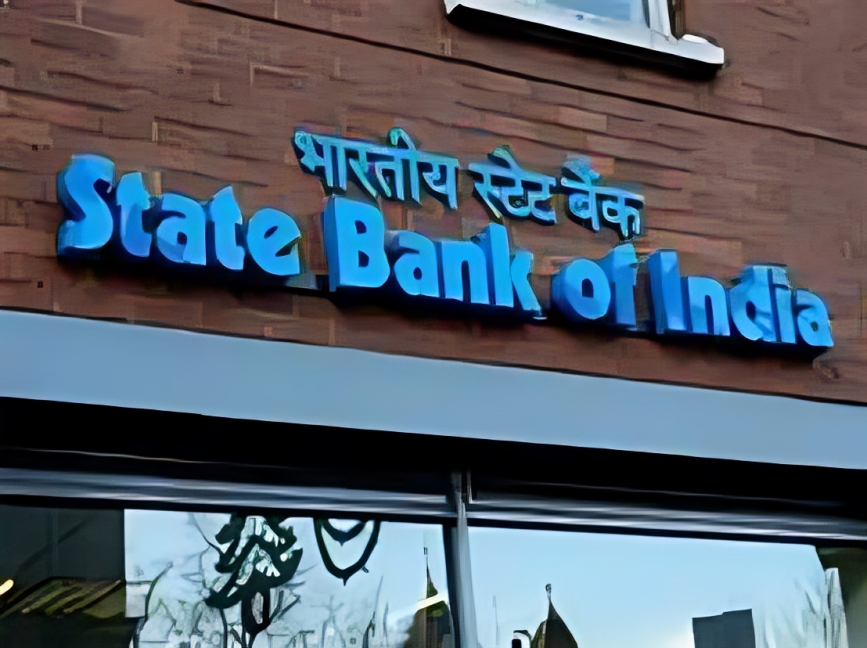India’s Rate Cut Cycle Likely Concludes, Policy Now Data-Driven: Union Bank Report
The current cycle of interest rate cuts by the Reserve Bank of India (RBI) appears to have reached its end, according to a recent report. The report highlights that the terminal repo rate is expected to settle at 5.50%, factoring in a real interest rate of approximately 150 basis points and an inflation estimate of 4% for the fiscal year 2025–26.
This final phase of what the report describes as “stealth easing” reflects the RBI’s strategic rate cuts and liquidity infusion aimed at supporting the broader economy. With these steps, the repo rate may have now reached its bottom, suggesting that no further reductions are likely in the near term.
Moving forward, monetary policy decisions will be heavily data-dependent, influenced by trends in inflation, global macroeconomic uncertainties, and the interest rate trajectory of major central banks like the U.S. Federal Reserve. This shift implies a more cautious and responsive approach by the RBI rather than one guided by a preset path of easing or tightening.
One of the major tools in this easing phase is the 100 basis point cut in the Cash Reserve Ratio (CRR), scheduled for phased implementation. This cut is expected to enhance the money multiplier effect, lower the cost of funds for banks, and provide a modest boost of around 7 basis points to net interest margins (NIMs). Such an increase in NIMs will help banks absorb the pressures caused by quicker loan repricing due to repo rate cuts.

However, the report cautions that the positive effects on the real economy may take 2–3 quarters to materialize. While credit growth is expected to be supported by the lower rates and increased liquidity, the current global uncertainties and weak investment appetite could delay a strong rebound in credit demand and capital expenditure.
Overall, the front-loaded easing and supportive liquidity measures are intended to spur economic momentum. But the full benefits, particularly in terms of consumer spending and investment, are likely to become visible only over time, especially as businesses and financial institutions recalibrate to the new rate environment.
The end of the rate cut cycle signals a shift in monetary strategy from proactive easing to responsive policymaking. As the RBI monitors inflation and global headwinds, stakeholders can expect a more data-driven, flexible approach to rate decisions, ensuring stability while supporting gradual economic recovery.
Banking, NBFCs, Real Estate to Gain as Rates Ease


